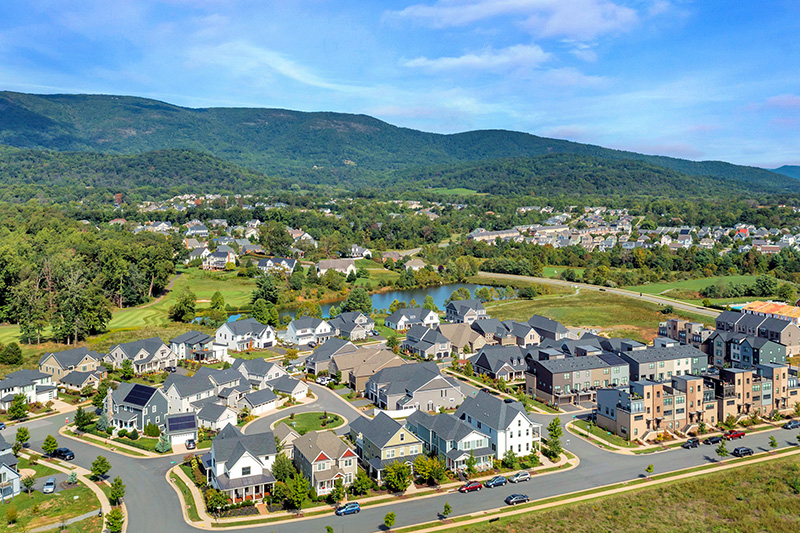Habitat connectivity is important for the viability of healthy wildlife populations because it allows animals to freely access critical resources (e.g., food, water, cover), find mates, and maintain the genetic diversity that allows them to combat disease and adapt to environmental change over long periods of time. Further, the maintenance of wildlife populations provides humans with a number of important services (e.g., reduced zoonotic disease spread, sustenance, ecotourism revenue). The activities of a growing human population, however, often fragment wildlife habitat and therefore threaten wildlife populations and the services they provide people. The WERC Lab is collaborating with the Virginia Safe Wildlife Corridors Collaborative, the Virginia Department of Conservation and Recreation, and the Smithsonian Zoo and Center for Conservation Biology to understand the habitat and landscape features that allow individuals to move relatively unimpeded across the landscape in search of resources and mates. This knowledge will then be used to understand how fine scale movement data can complement or improve current landscape connectivity models and if thresholds in permeability can be identified. Results from this project will provide valuable data that land-use managers, city planners, and policy makers can use in their decision-making process when considering how to design infrastructure projects.
